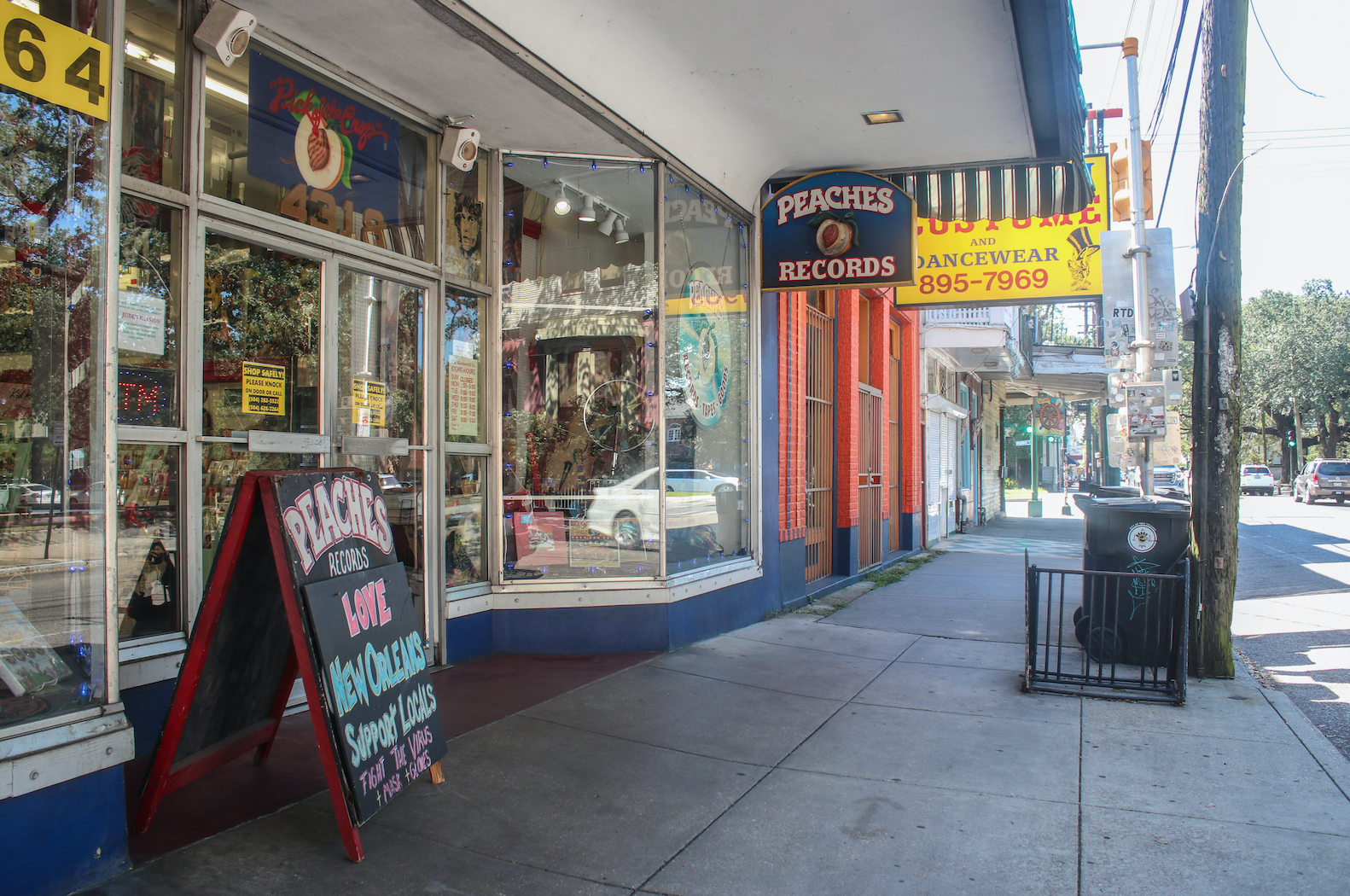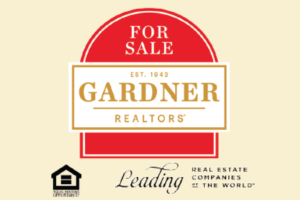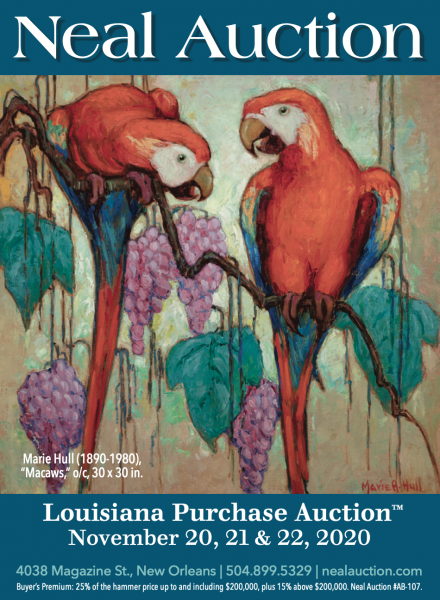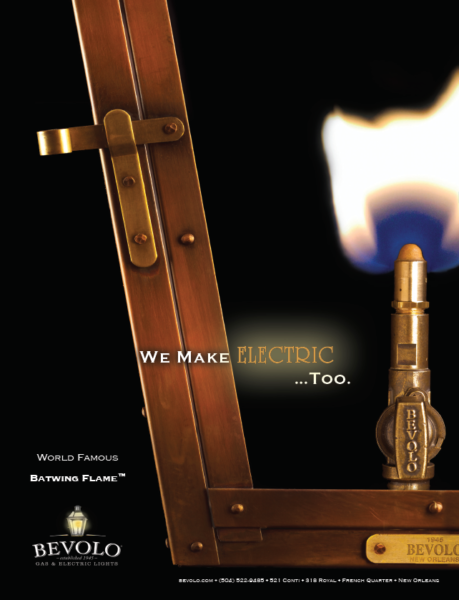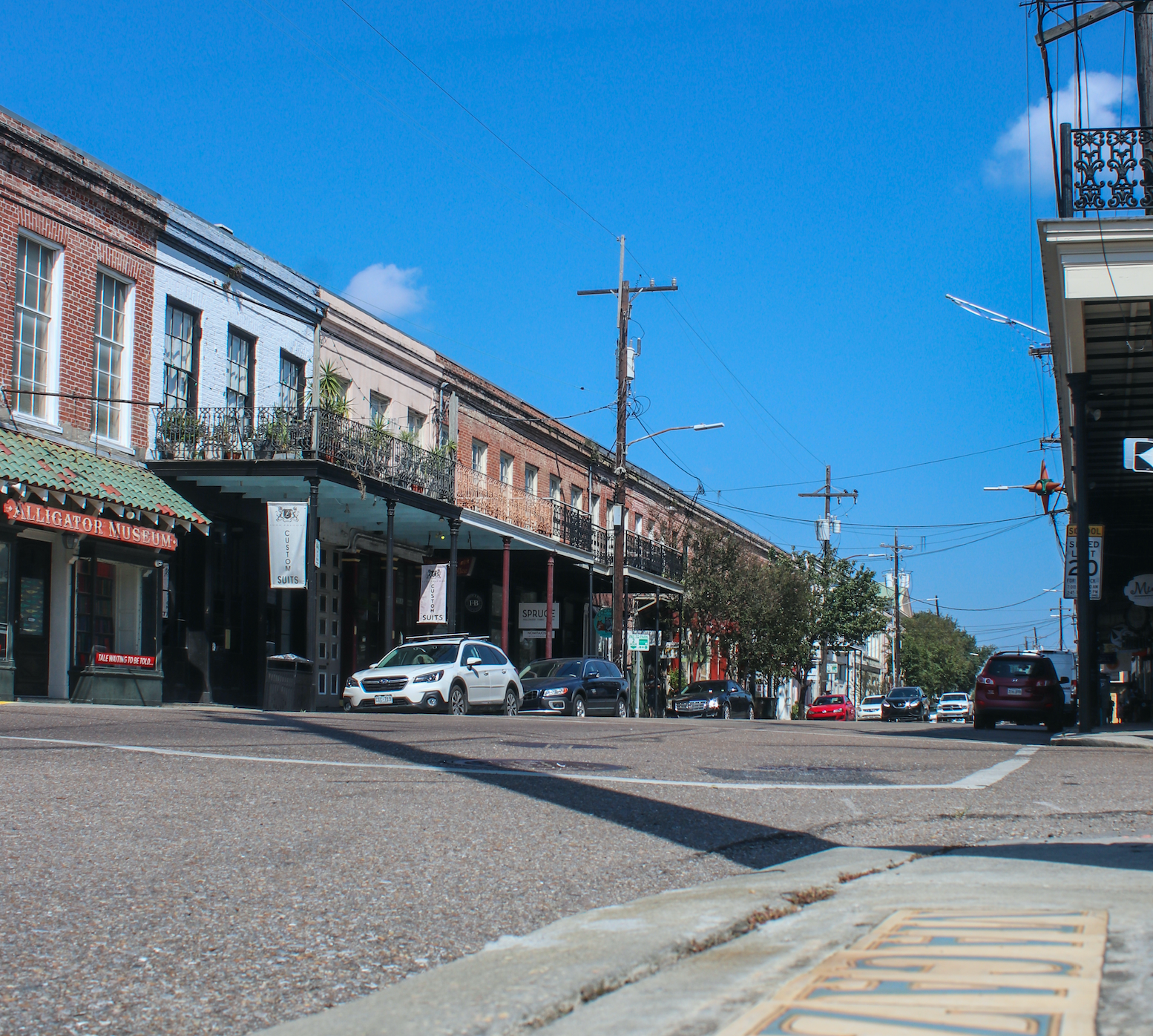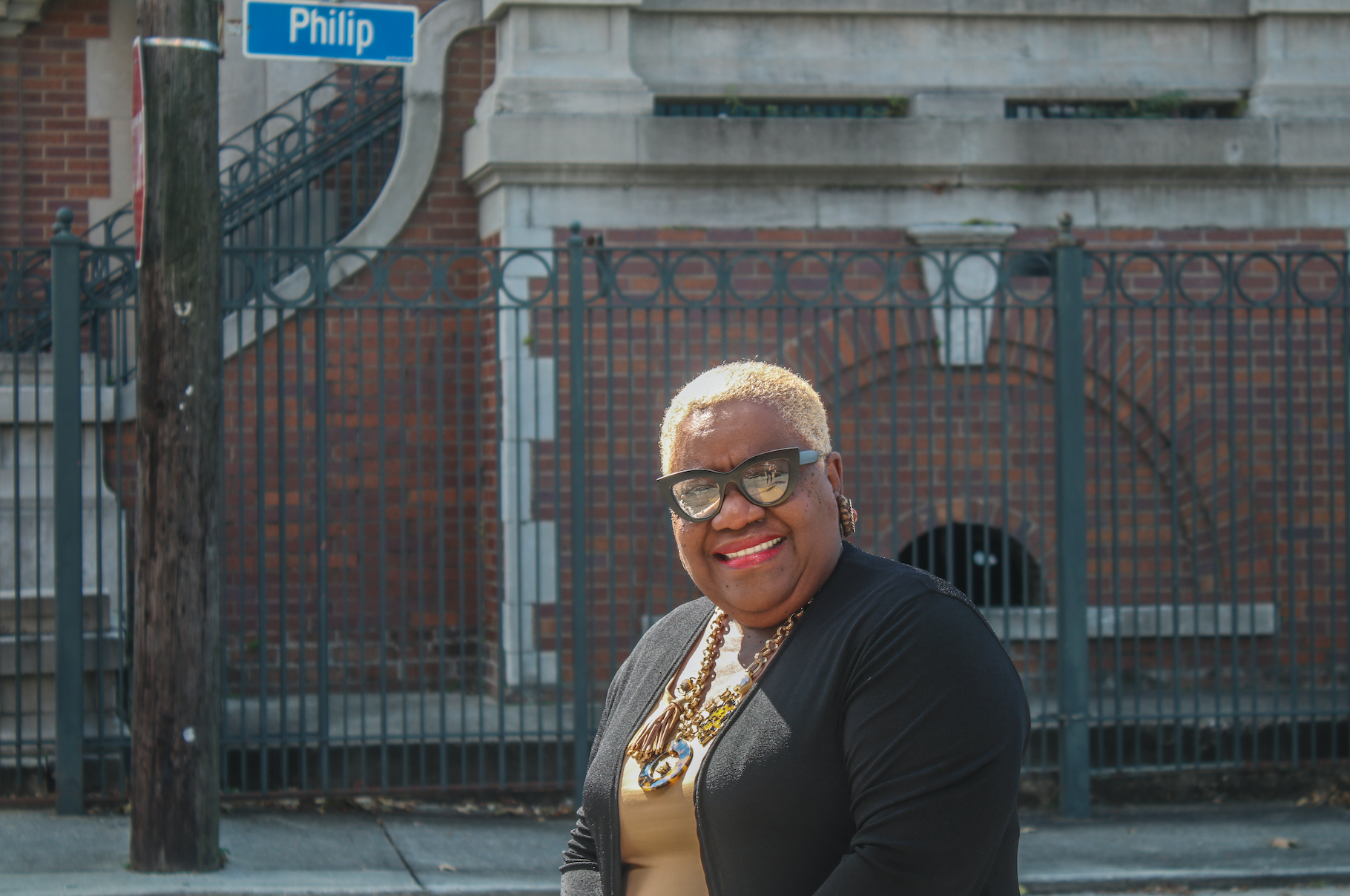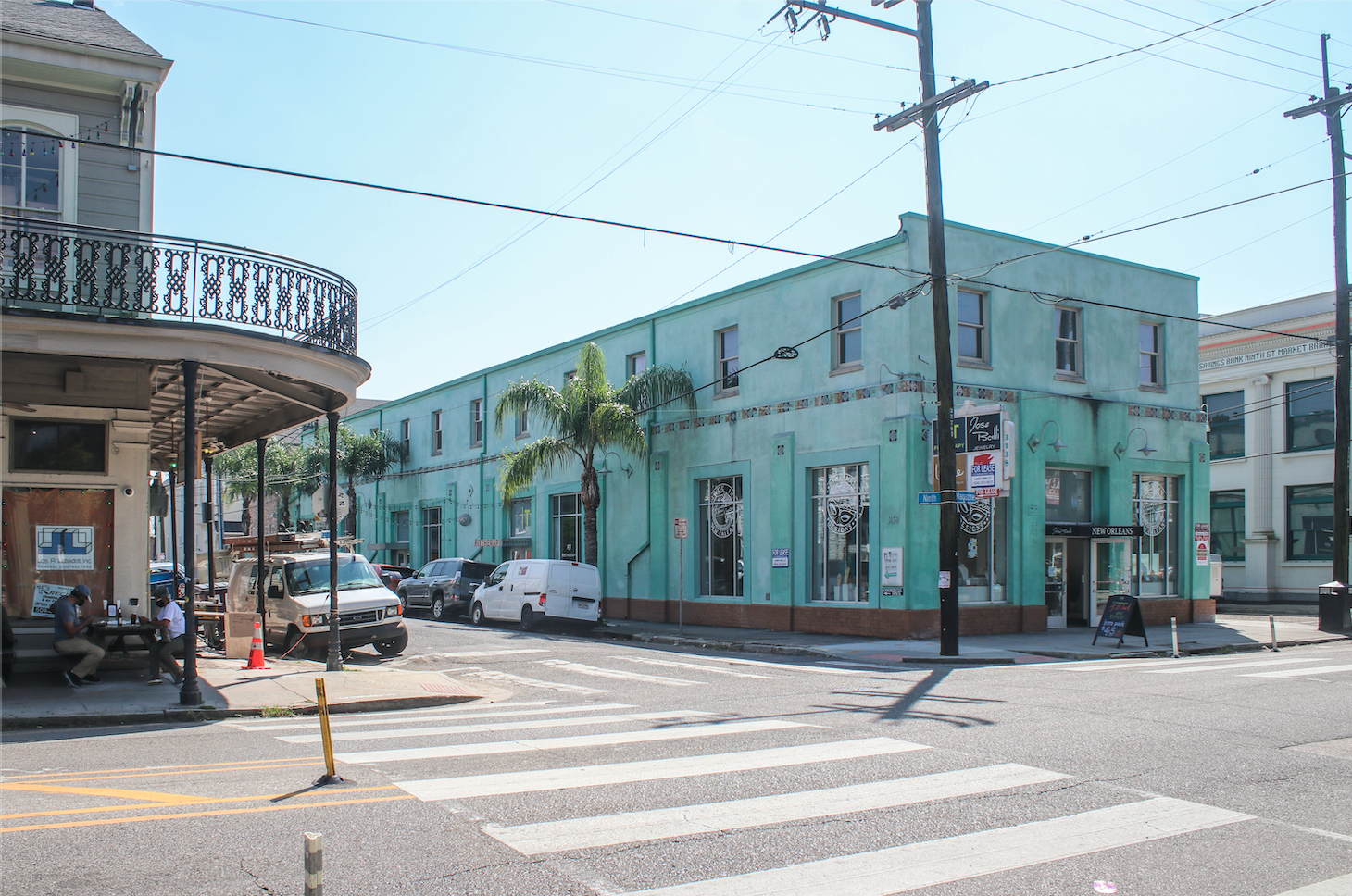This story appeared in the November issue of PRC’s Preservation in Print magazine. Interested in getting more preservation stories like this delivered to your door nine times a year? Become a member of the PRC for a subscription!
As the pandemic stretches into the close of 2020, it’s startling to see how deeply it has affected every citizen of our nation. From those who have gotten ill or passed away, to those who have lost jobs, to those who have found new meaning and purpose amidst the chaos, the pandemic’s impact has profoundly reverberated through our society.
The struggles for the merchants along Magazine Street, New Orleans’ approximately six-mile prize jewel of locally owned shops, restaurants and bars, have been many. Magazine Street is at the heart of what makes “village life” possible for those who live uptown of Canal Street. In our modern world filled with big box shopping and mega strip malls, the ability to rely on mom-and-pop retailers for basic needs is an important part of what makes New Orleans so unique.
On the stretch of Magazine Street between Louisiana and Napoleon avenues alone, residents can:
- take their pet to the vet
- visit a shoe cobbler
- enjoy a snowball
- buy tools or home goods at the hardware store
- visit one of three optometrists
- get a pizza
- sit down for an upscale dinner at one of many establishments
- grab a coffee
- browse in a wine shop
- buy records
- get fit in a spin class
- shop for furniture
- participate in an antiques auction
- buy fancy clothes, buy workout clothes, buy vintage clothes…
and much more.
Village life is what attracts so many residents to New Orleans. Each neighborhood has its nodes for shopping and amenities, and residents quickly establish relationships with their favorite restaurants and dry cleaners and nail salons. They get to know the servers and the owners, and these establishments become a part of residents’ lives. This is a way of life lost in so many towns and cities across the country – but how lucky we are that it endures here? It’s a reason New Orleans is a big city that feels like a small town. It’s all about community. The business owners whose services we rely on are our neighbors and friends. We’re all connected.
Advertisement
Shopping local has other benefits, too. “Stores on Magazine Street are more mom and pop; it’s not like you can get a lot of what we sell off of Amazon,” said artist Kevin Gillentine, who has operated the Kevin Gillentine Gallery on Magazine Street for more than 25 years, and who has been president of the Magazine Street Merchants Association for four years. “The stores are so unique that they still had people coming to them even during the shutdown.”
Even with local support, many store owners are in peril on Magazine Street. “A lot of businesses have been shut down,” Gillentine said. “A lot of individual business owners don’t have deep enough pockets to ride this out.” In several cases, he said, landlords who had to make their mortgage payments couldn’t afford to be lenient on rents for tenants — causing eviction for shop owners and vacancy for landlords, a ripple effect of losses for everyone.
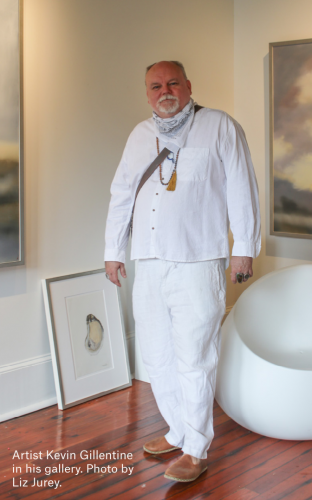 Gillentine remains hopeful that Magazine Street will bounce back stronger than ever, though, because shopping on that six-mile stretch is inherently safer than in a shopping mall. “We’re not enclosed like a mall. People can walk up and down the street and not feel as vulnerable to the disease because you can social distance much better,” he said.
Gillentine remains hopeful that Magazine Street will bounce back stronger than ever, though, because shopping on that six-mile stretch is inherently safer than in a shopping mall. “We’re not enclosed like a mall. People can walk up and down the street and not feel as vulnerable to the disease because you can social distance much better,” he said.
Plus, smaller shops cannot accommodate big crowds. “I have an art gallery,” he said. “If we have more than five people in here at a time it’s amazing. So we haven’t had as much of a struggle with social distancing, and people have been good about masking,” Gillentine said.
The charm of shopping on the historic commercial corridor also can’t be replicated online or in a mall. “Magazine Street has an appeal,” he said. “It’s not just that it’s a street — it’s the greenery, the oak trees and the historic architecture that makes such a beautiful walking experience. Magazine Street is very unique for that in the U.S.
“We are trying to encourage locals especially [to shop],” Gillentine continued. “Even though tourism is a large part of shopping on Magazine, as opposed to the French Quarter which is almost 100 percent tourism, Magazine is largely for locals. Even people from suburbs come in to shop for clothes.”
This issue of Preservation in Print profiles some of the business owners whose shops and eateries make Magazine Street great. We check in with them to see how life has changed since March. We hope it will inspire many of you to shop local this holiday season. Doing so will help preserve our way of life in New Orleans.
Gillentine’s advice for how to best support local business owners at this time? Wear a mask.
“People should understand, masks are not just to protect you, they are to protect the other people shopping and our employees,” he said. “We have a legal obligation to make a safe environment. The safer we are, the better for business. There will be less cases (of COVID-19), people can go to work, and then they afford to shop. We’re trying our best to make it a safe environment, so come out and shop on Magazine Street.”
Danielle Del Sol is the Executive Director of the Preservation Resource Center.
Advertisements



